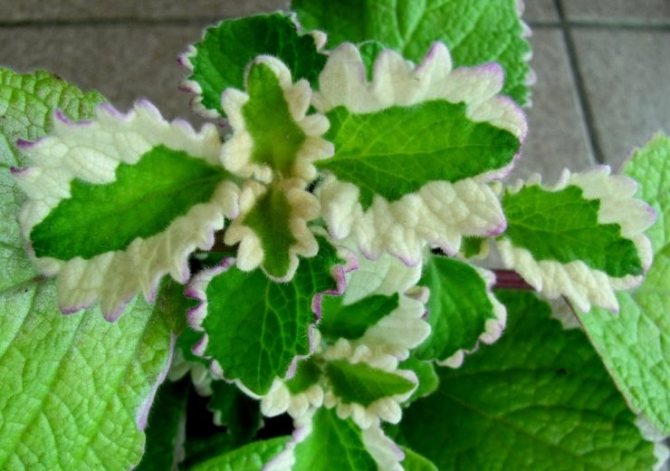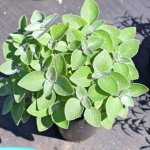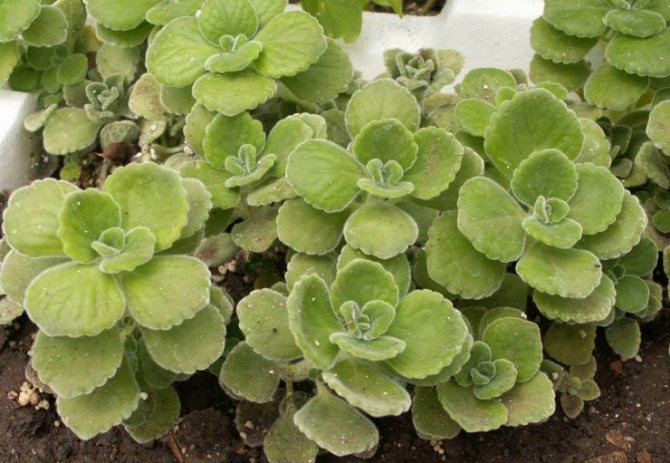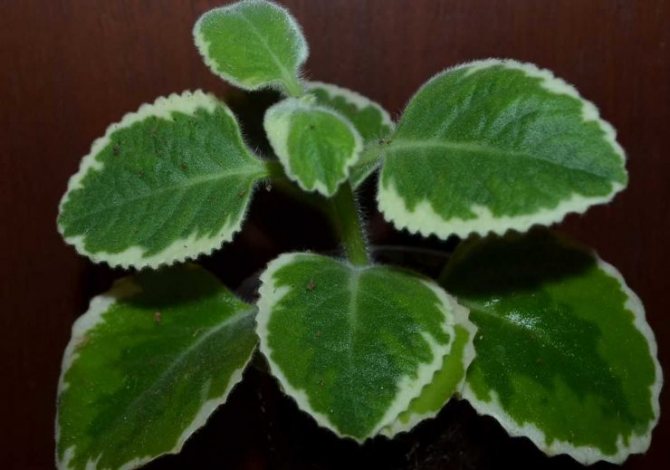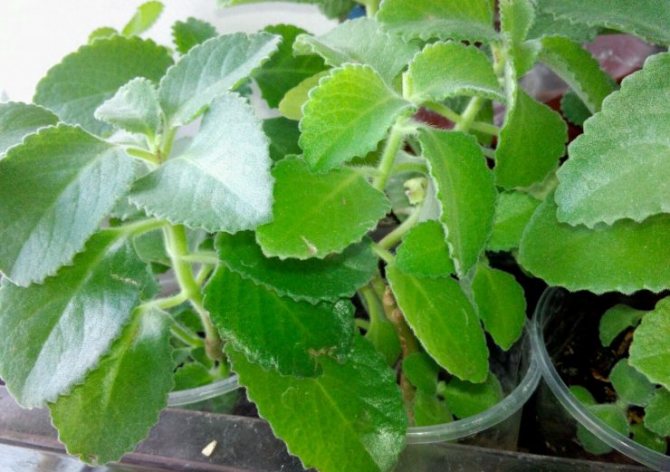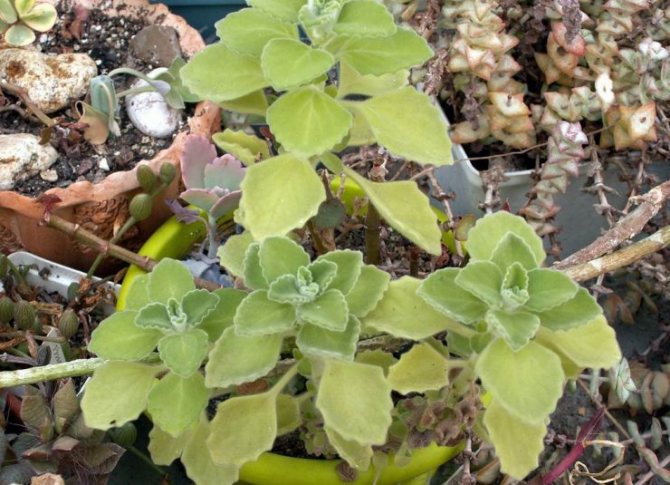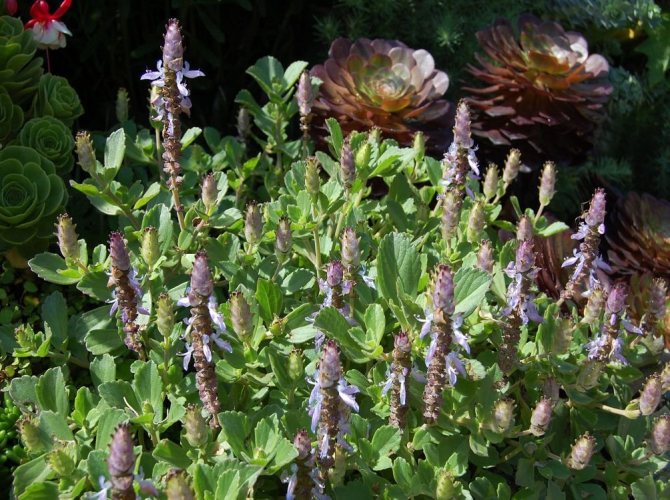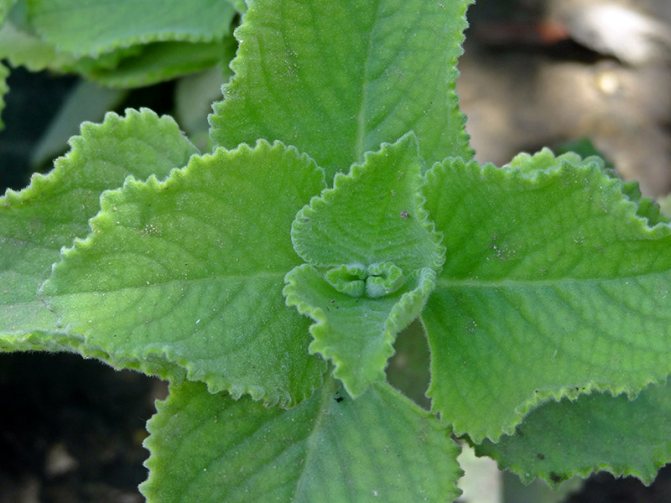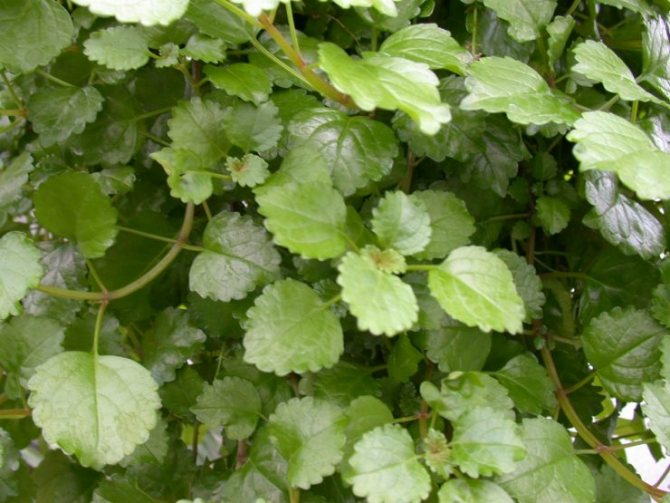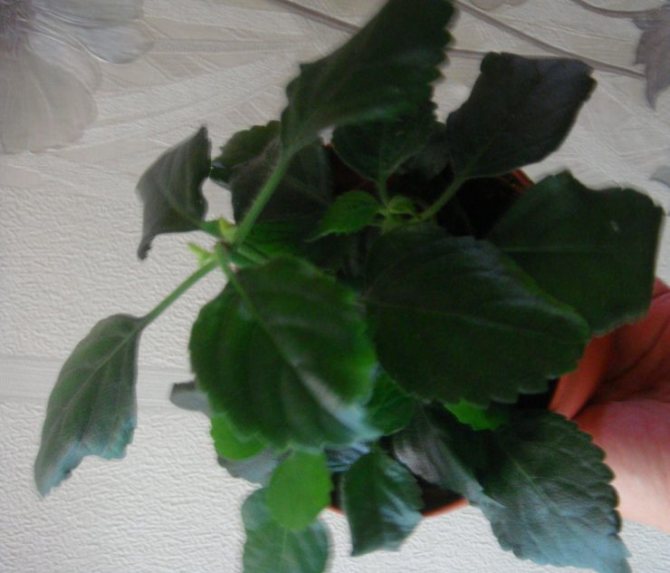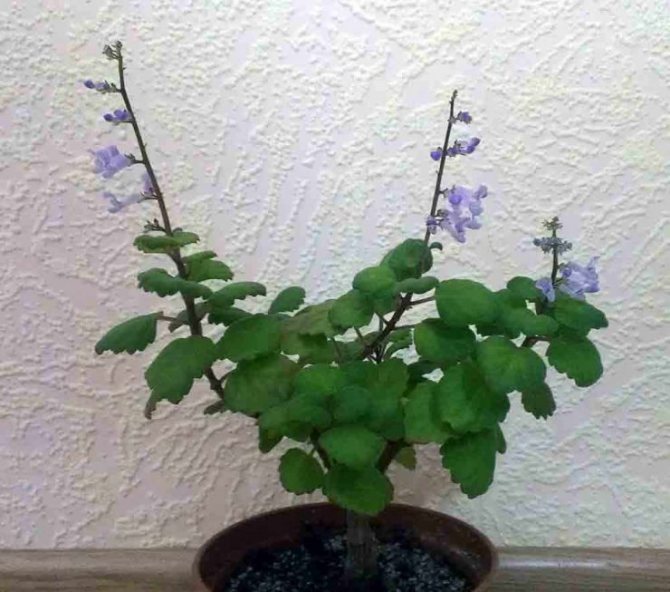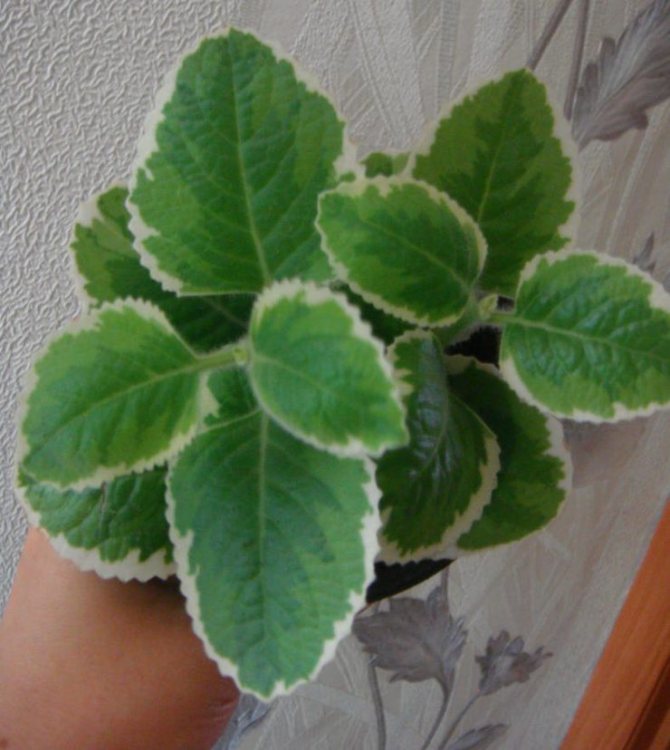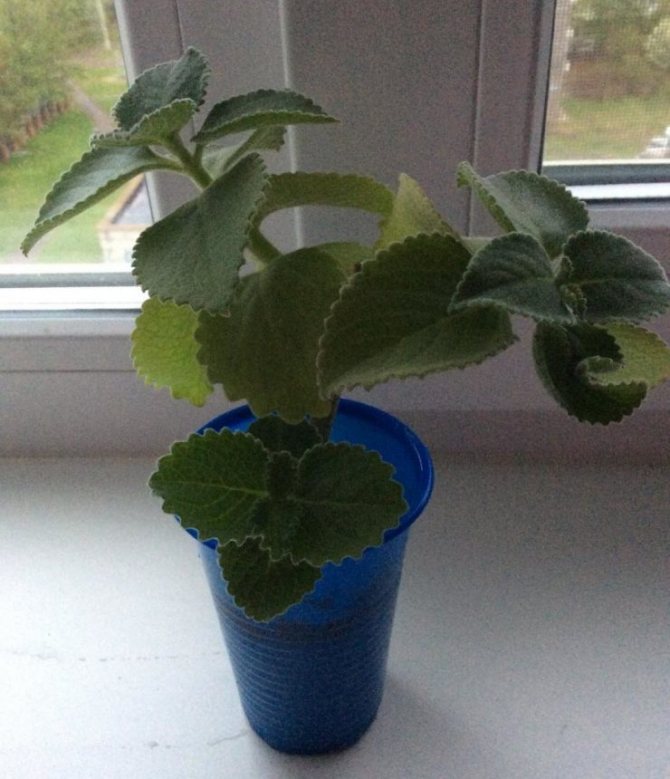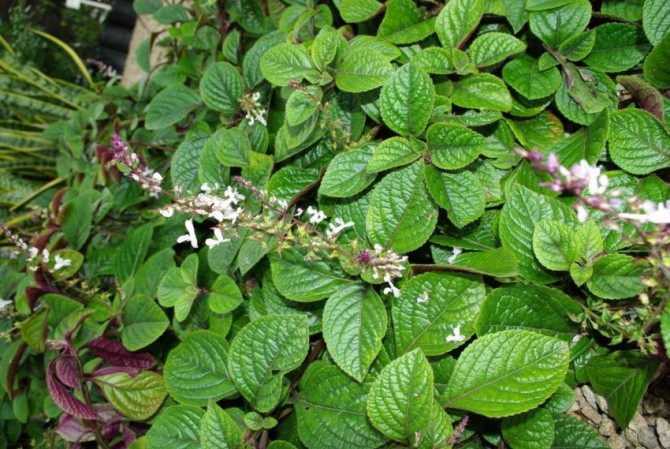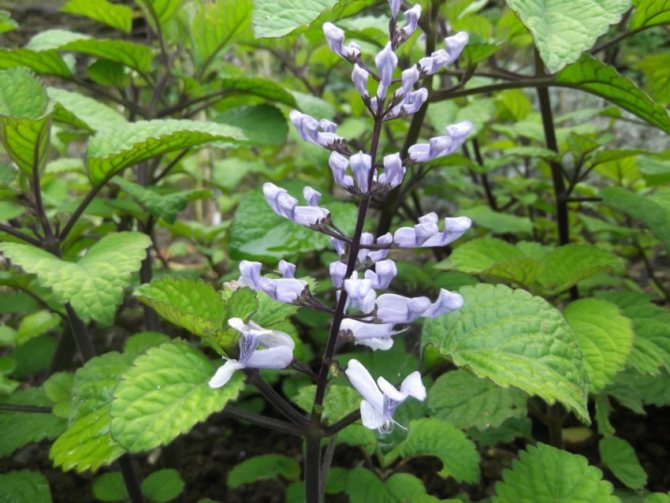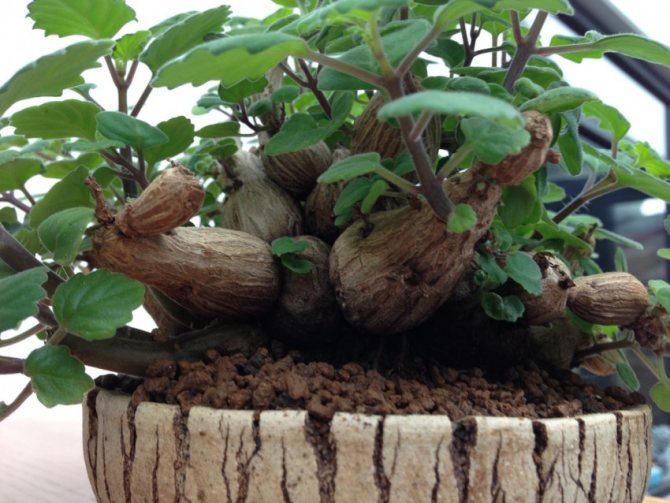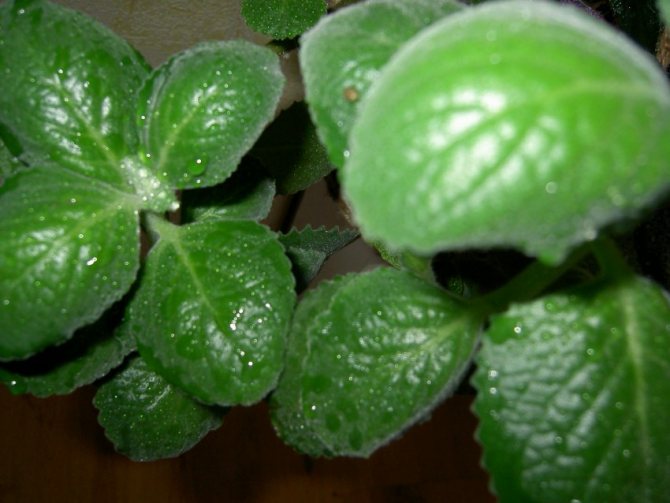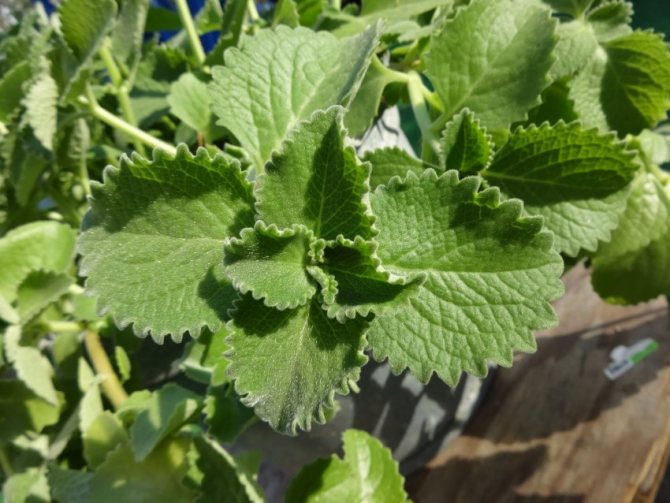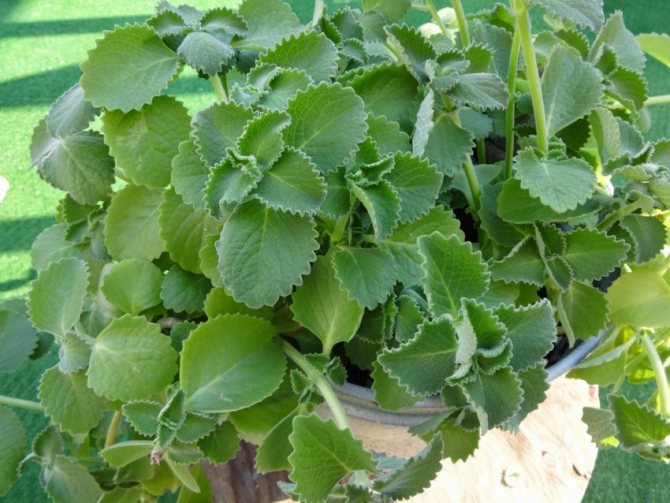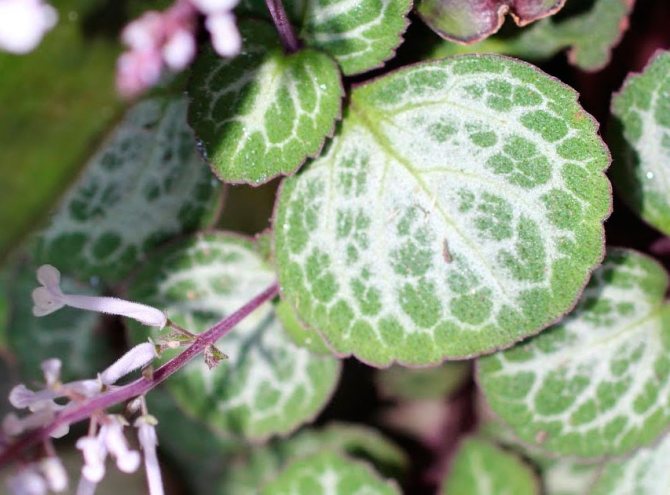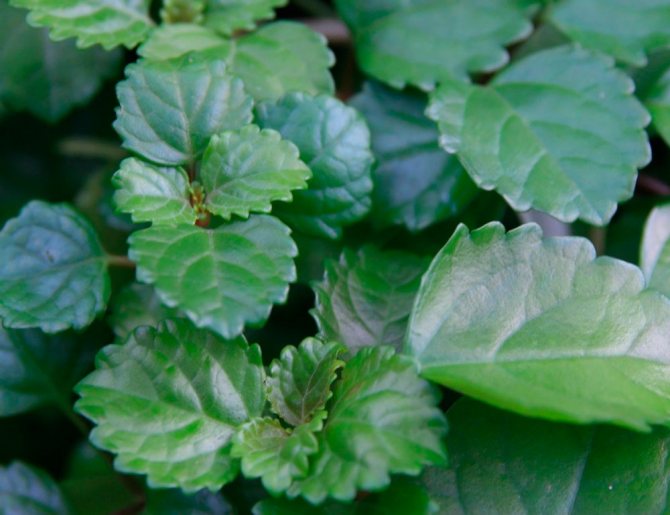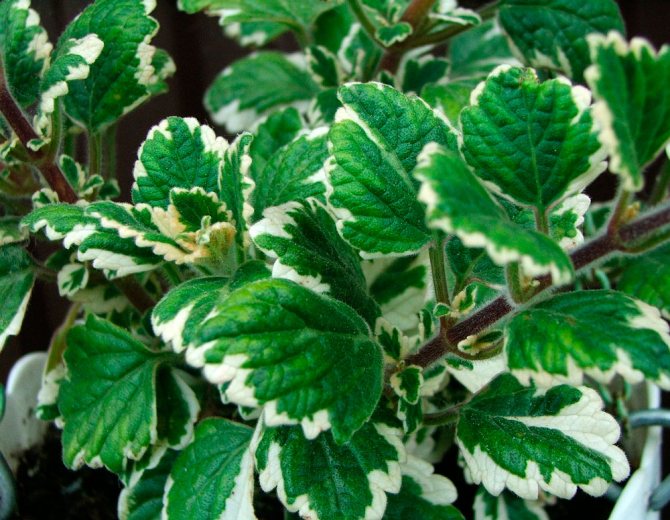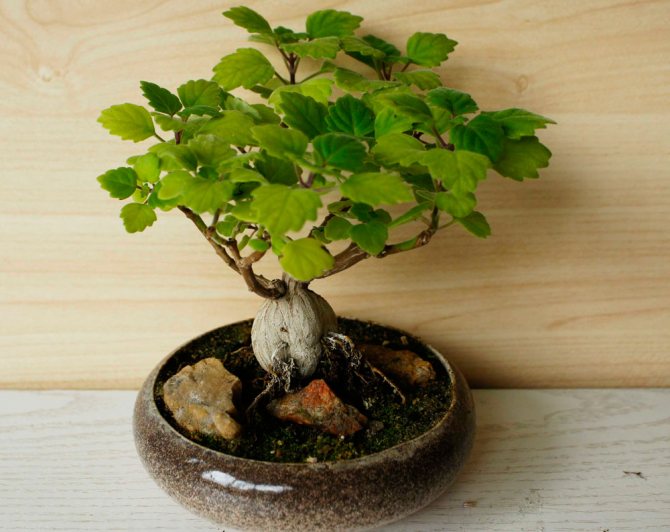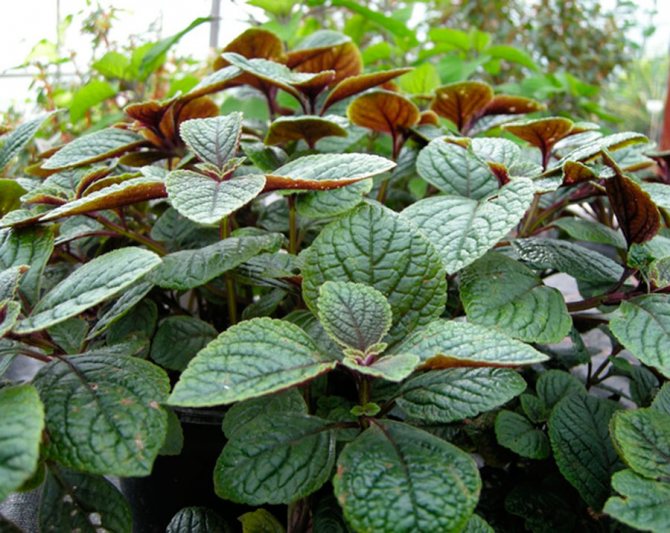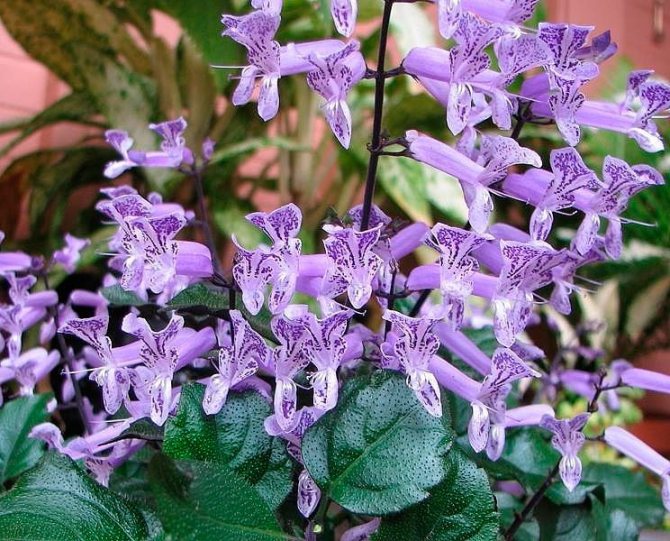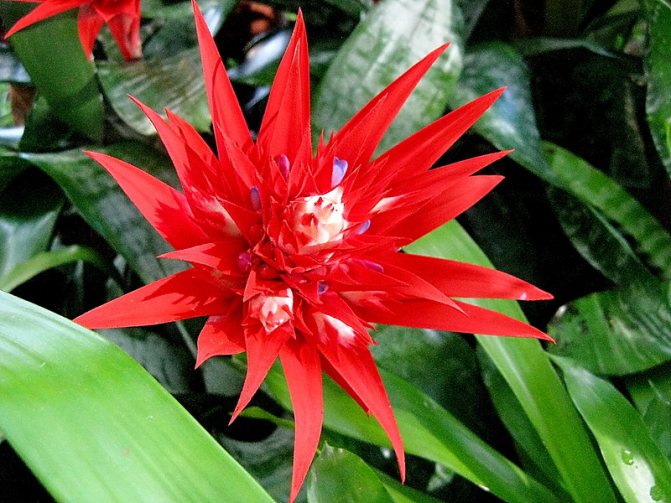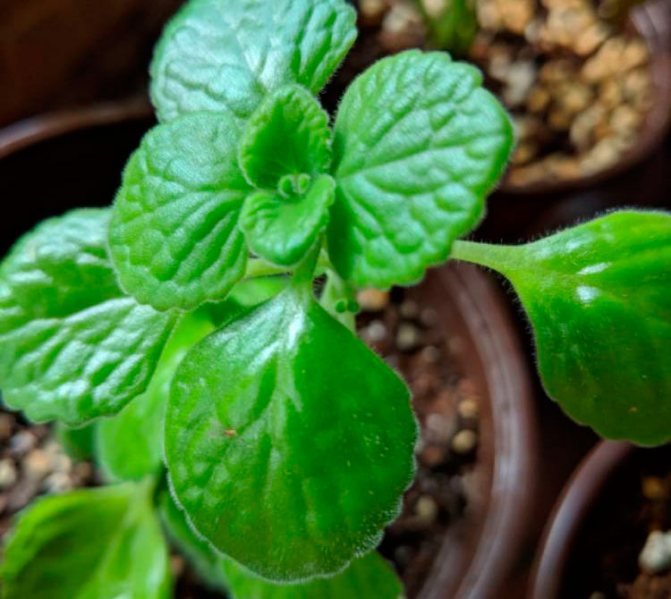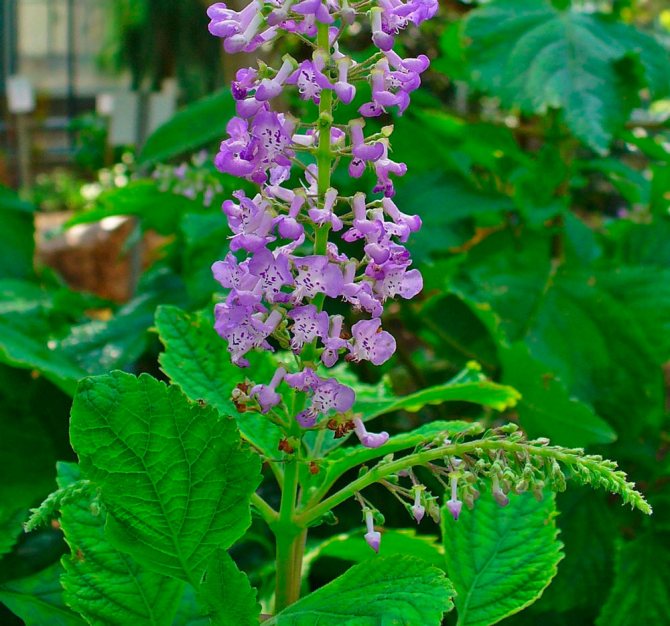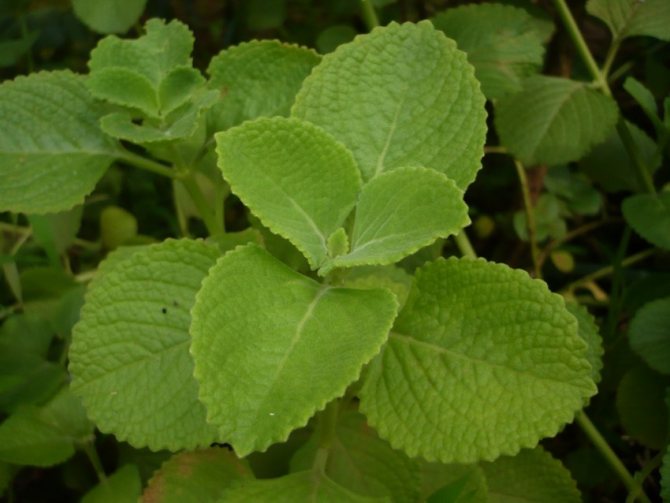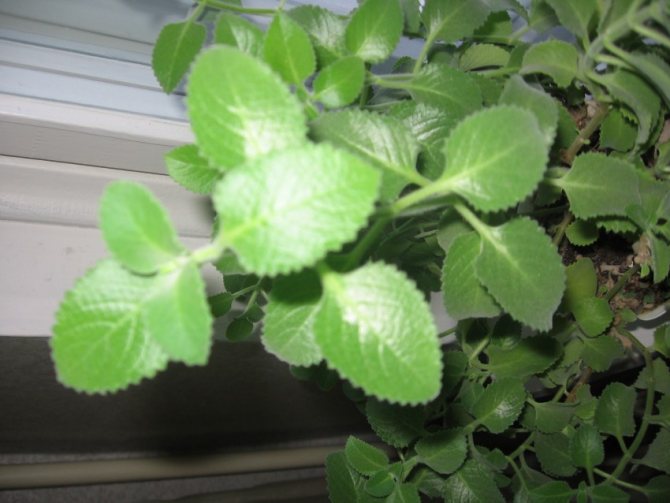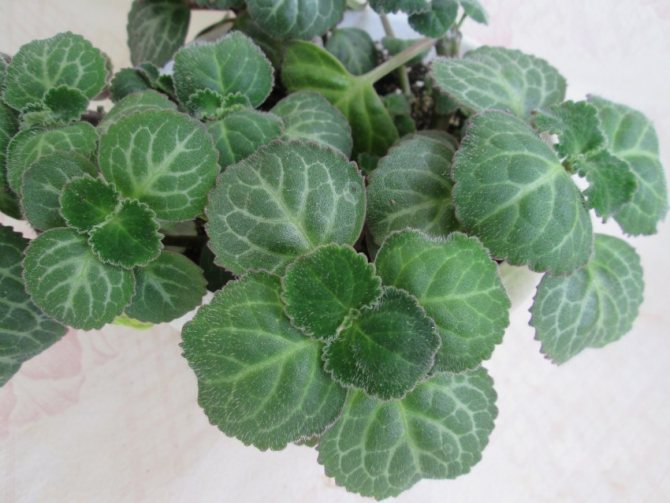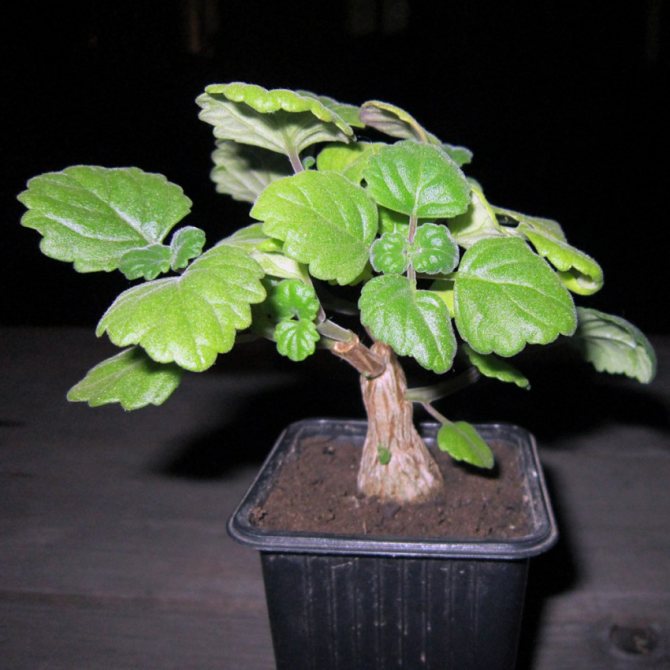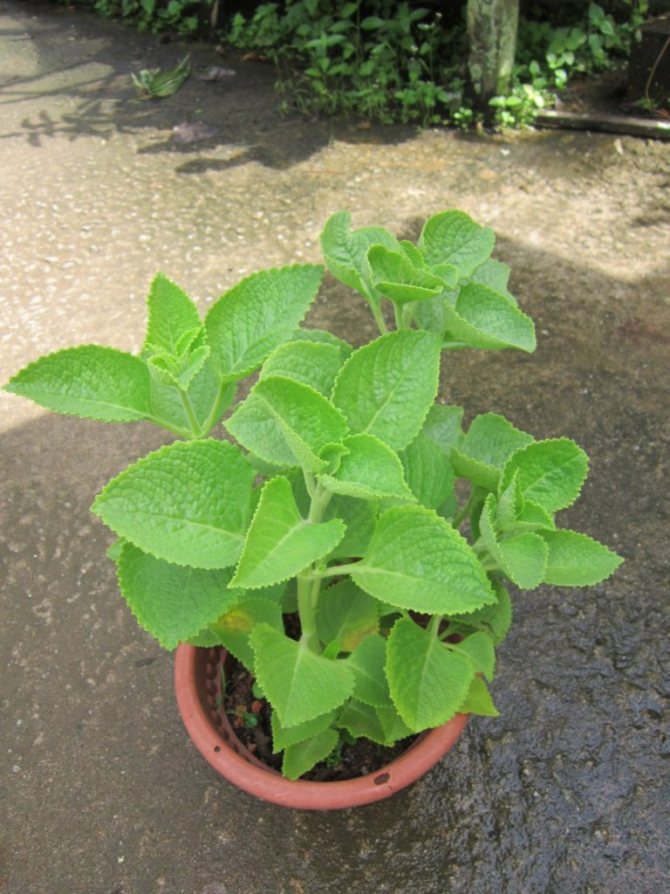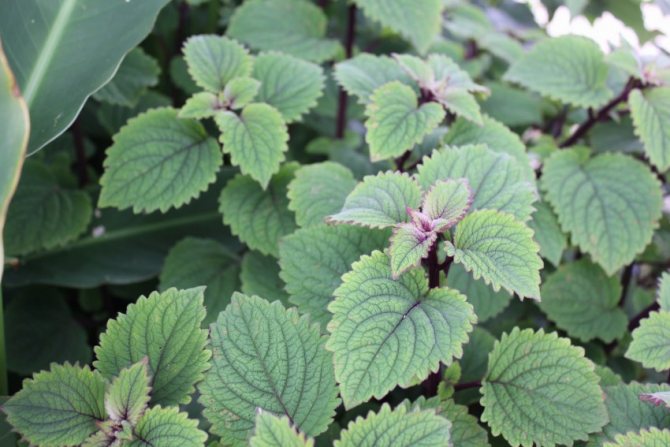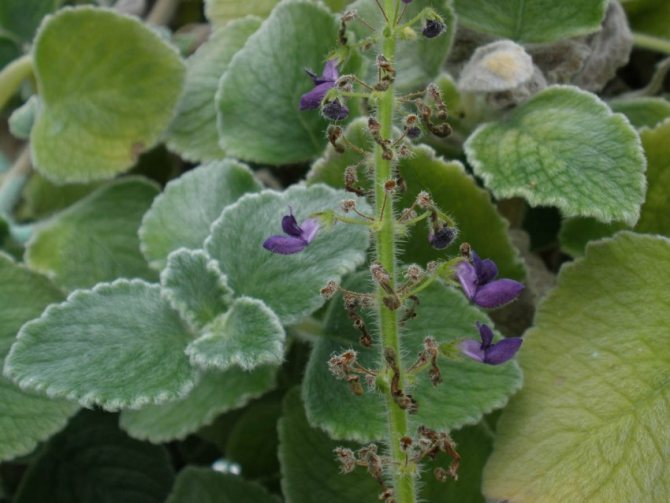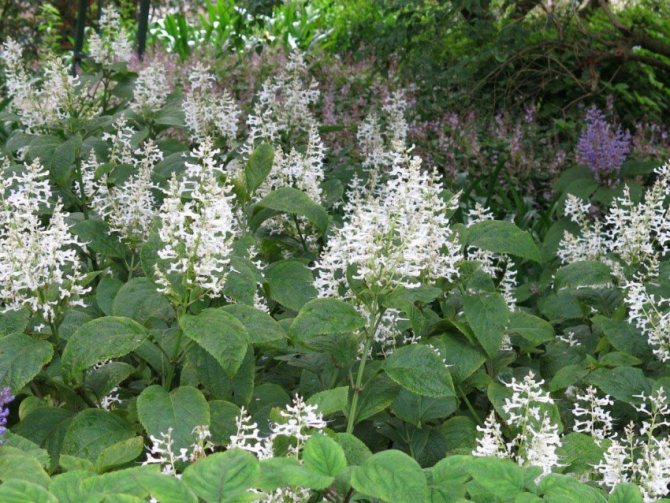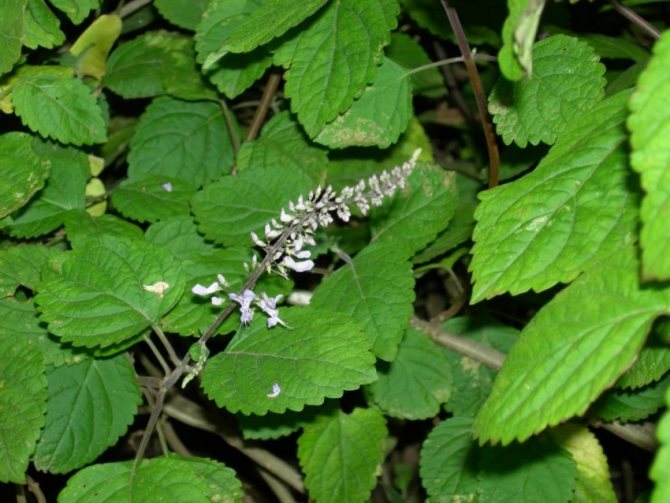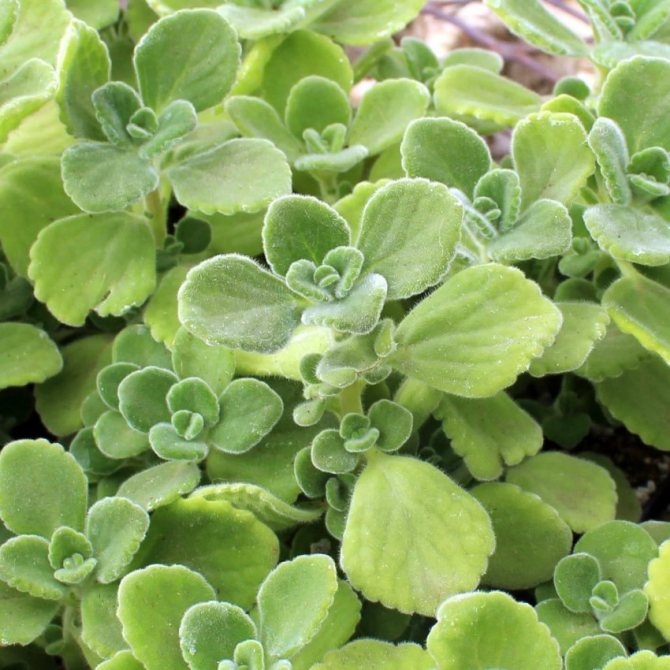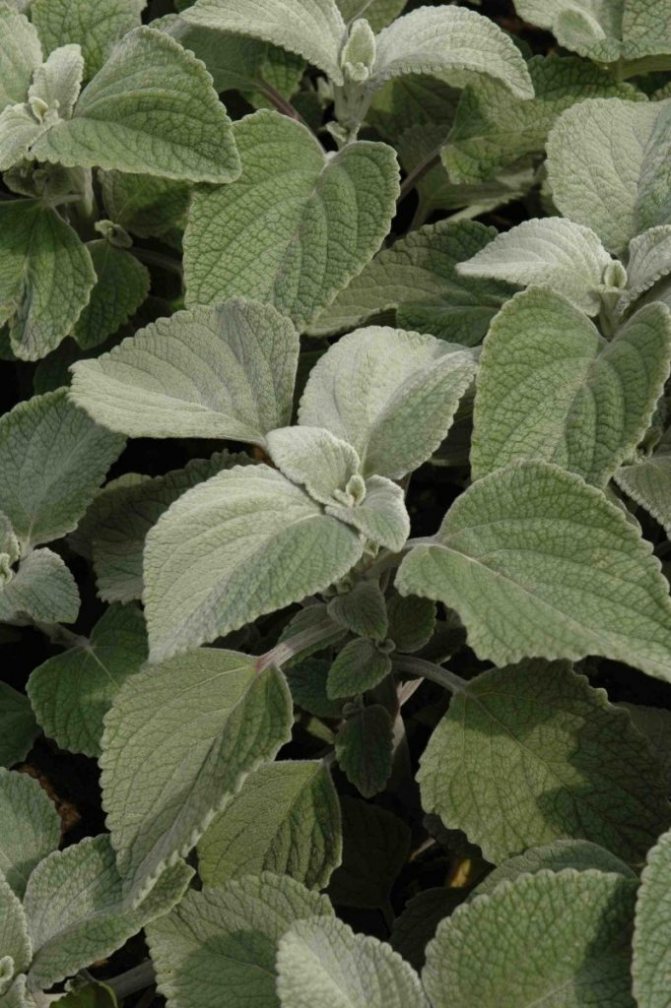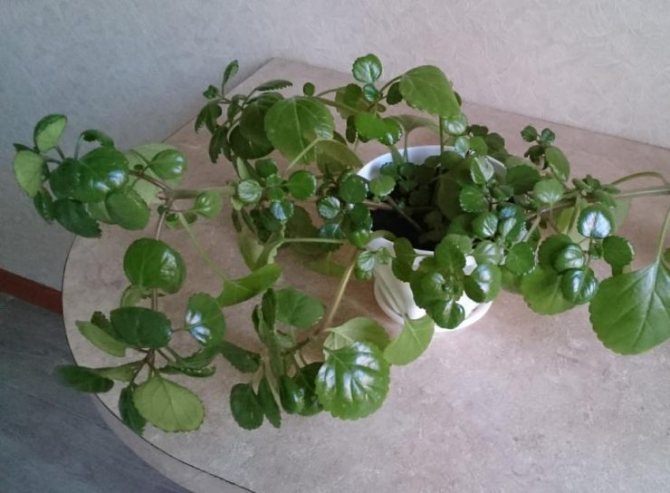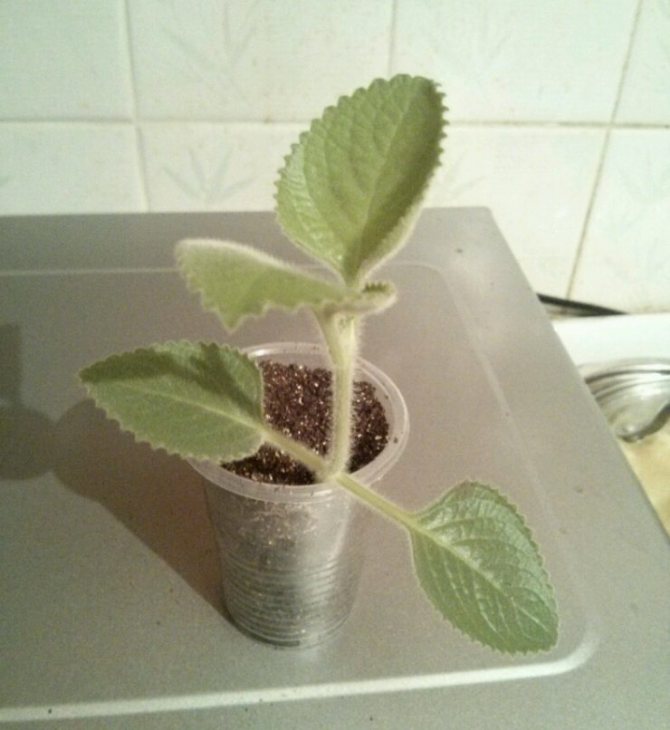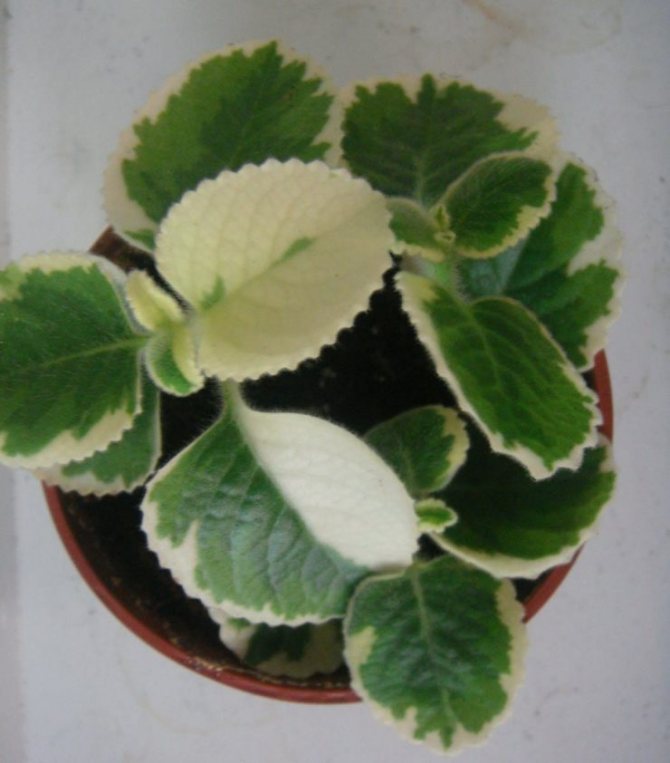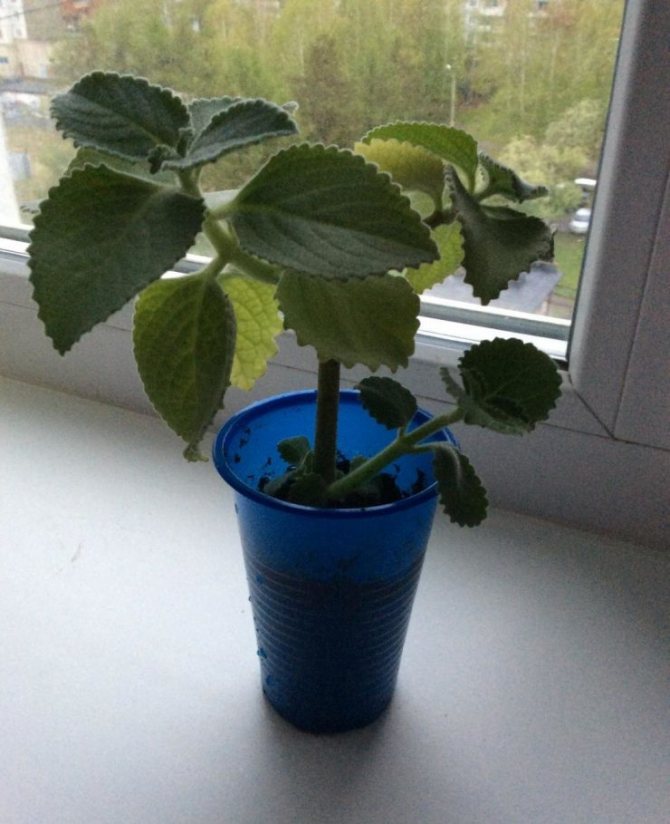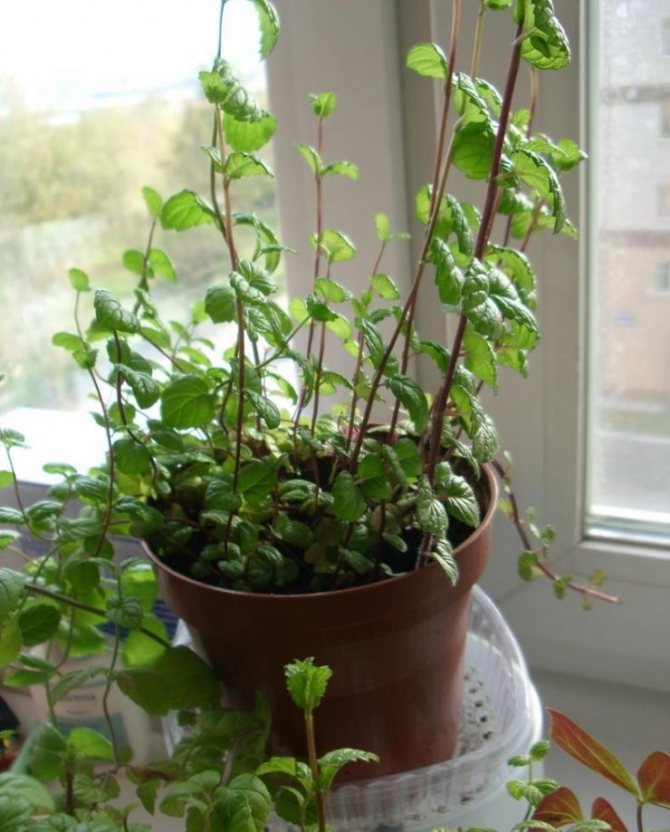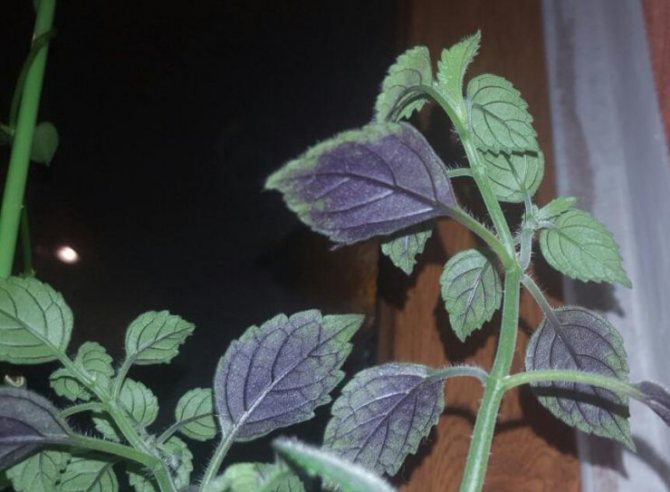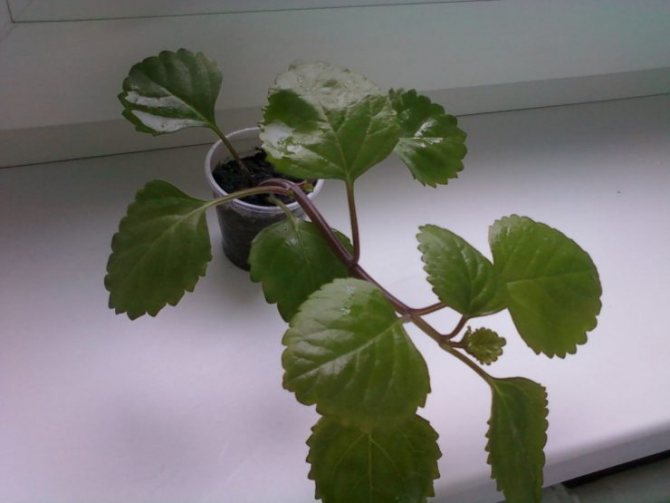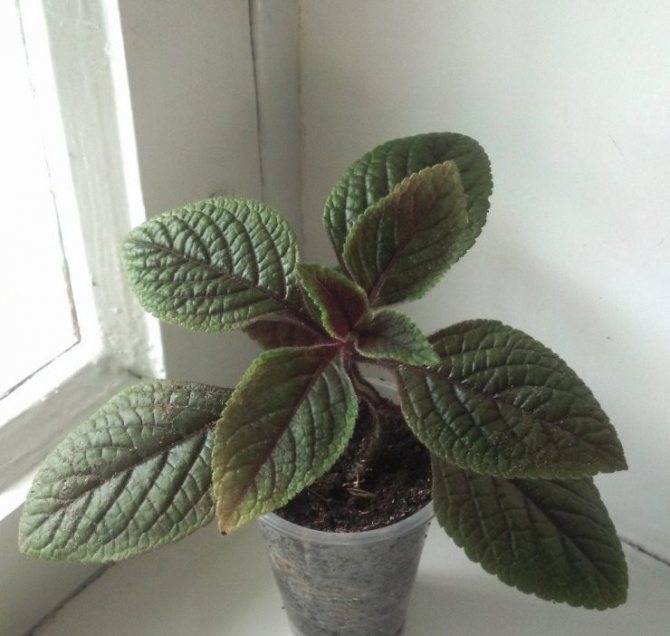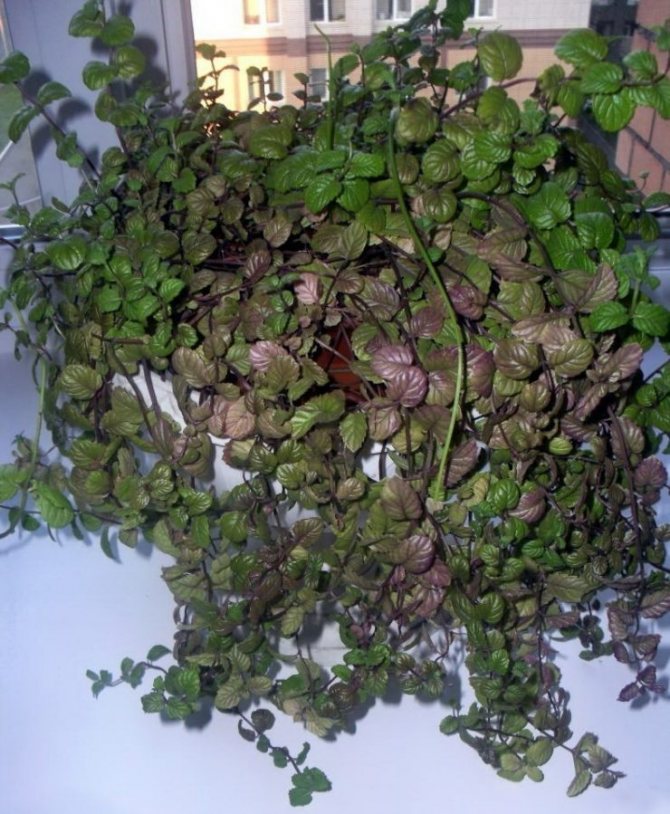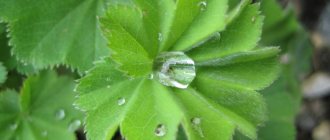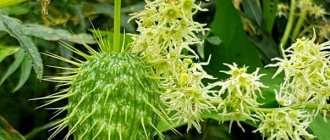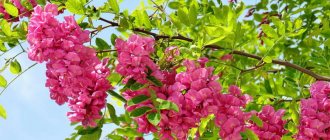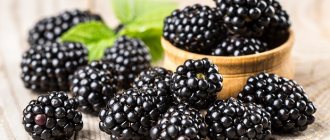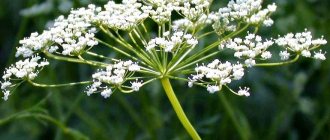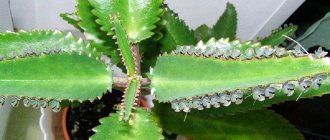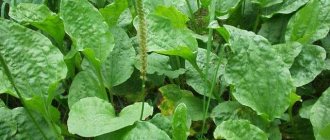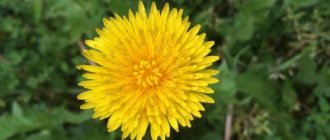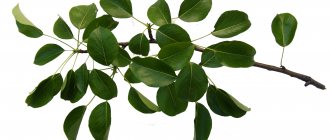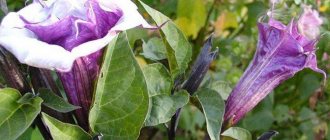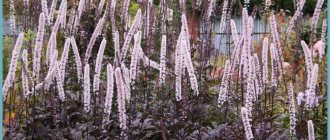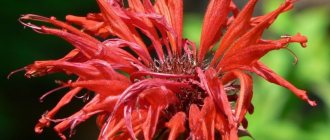Plectrantus is a fast growing evergreen native to the subtropical regions of South Africa. Quite quickly spread in the territories of Asian and oceanic countries. The Plectrantus flower is unpretentious, and also has an unusual color.
Many gardeners gave it an informal name - indoor mint, due to its appearance. Some people use it in alternative medicine.
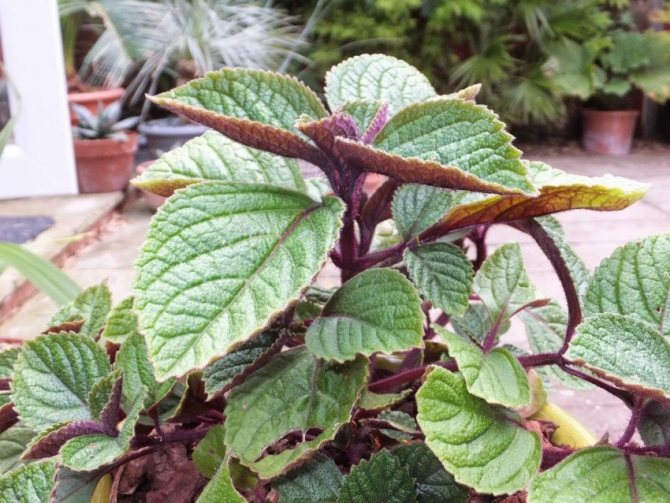
What is it?
Most people who have come across this plant will answer without hesitation - the leaves of the plectrantus are more attractive than flowers. Each of them has a special pattern, which is formed by veins.
Now there are many varieties of this plant - there are even small shrubs that have a large volume of leaves and shoots. The aroma is also one of the main distinguishing features - some species smell like grass, others have a mint smell.
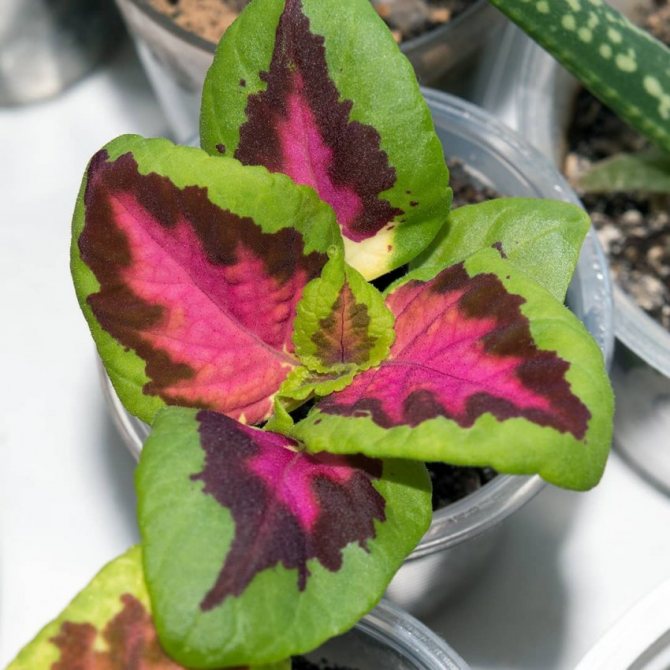

Types of plekrantus and their features
Types and varieties of plectrantus differ not only in appearance, but also in aroma.
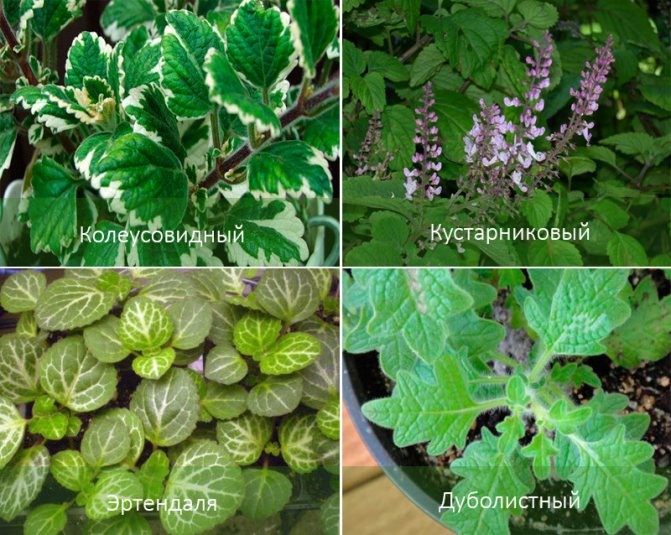

| View | Characteristic |
| Coleus |
The most common varieties:
|
| Shrub |
|
| Ertendahl |
Popular varieties:
|
| Dubolistny |
|
| Southern (Scandinavian, Swedish ivy; whorled, monotonous) |
|
| Felt (Hadienzis, Indian borage) |
|
| Forster |
|
| Whorled |
|
| Fragrant (fragrant) |
|
| Ernst |
|


Light and place
A large amount of ambient light is great for the plant. The southwest windows of your home are most preferred.
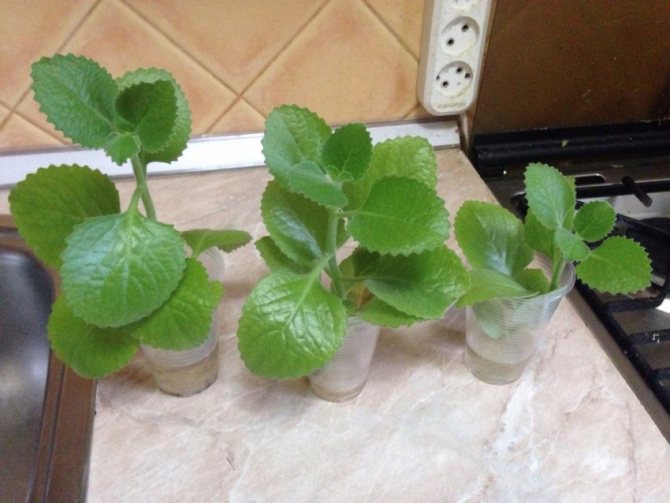

Try to ensure that the flower is in sufficient light conditions, without excess in the form of direct sunlight. Otherwise, the leaves will grow unattractive or fall off altogether.
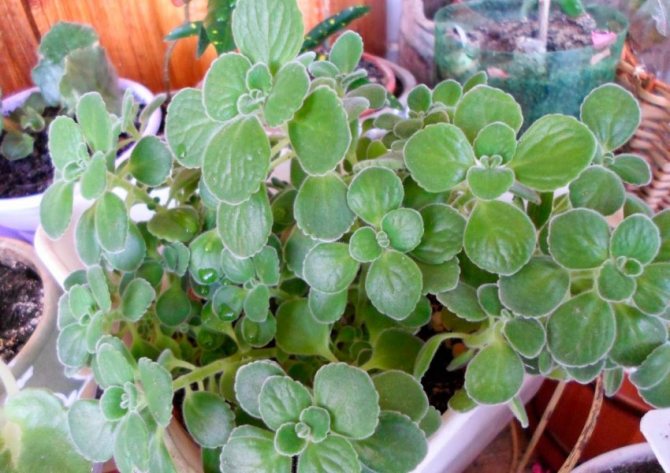

Also, the plectrantus will feel great in a hanging planter - thanks to the numerous shoots that will hang down.
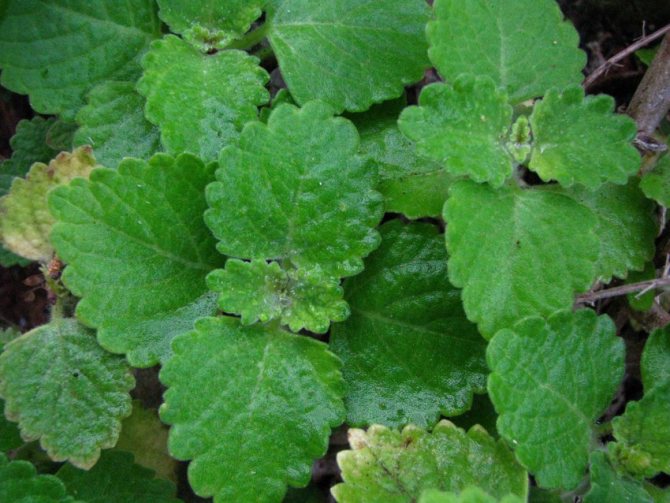

Superstitions and omens


Many growers do not know for sure whether it is possible to grow plectrantus in their home. Many signs and superstitions are associated with this plant, so it is believed that it is capable of absorbing negative energy, as well as attracting good luck and wealth to the house. At the same time, the bristle flower can bring good luck both to its owner and to the person who has courted him at least once. In this regard, such a plant is perfect for both an apartment and an office.
Temperature conditions
Despite its subtropical roots, growth will be most favorable at temperatures between 18 and 25 degrees.
For the winter months, it is recommended to lower this figure to 14 degrees. If there is not enough heat, the flower will lose its leaf mass.
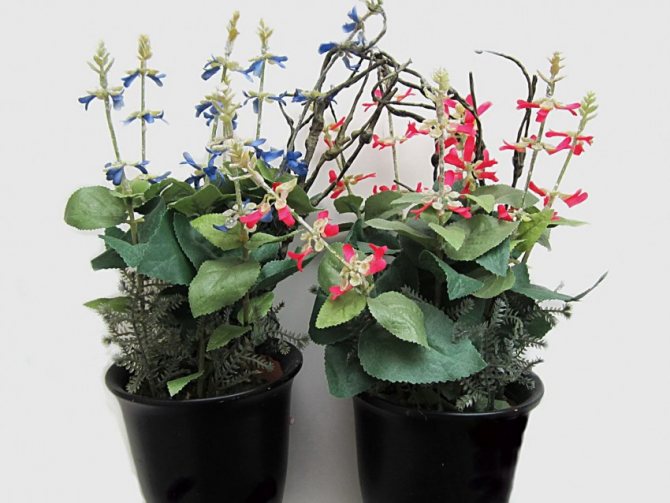

Plectrantus properties: benefits and harms
Useful properties of plectrantus


All plants such as Spanish or French thyme, Mexican mint, Cuban oregano, or Indian borage are considered to be a variety of spurs and are often cultivated as leafy greens. The benefits of such a plant are primarily due to the fact that it contains vitamins A, C and E, phenol and quinine compounds, terpenoids, alkaloids, glycosides, tannins and ursolic acid. Spore flower has a diaphoretic, analgesic, choleretic and laxative effect, it is used to soothe heartburn, stimulate appetite, relieve constipation and to treat rheumatism and gastritis. The aromatic plectrantus type is used in the manufacture of cardiovascular agents, ointments and drops.
Sparrow is not a pharmacopoeial plant, but it is widely spread in alternative medicine. For example, tea made from plectrantus foliage is used during the treatment of fever, the initial stage of rheumatism, colds, respiratory diseases, irritable bowel syndrome and disorders of the gastrointestinal tract. This plant also has expectorant properties, and it removes phlegm and mucus from the lungs quickly and easily, and it also has a beneficial effect on the nervous system. It is also widely used for diarrhea and helminthiasis, and the tincture helps to relieve joint pain in rheumatoid arthritis. Outwardly, such a plant is used to combat childhood allergic diathesis, skin eczema, diaper rash and ulcers. It can also eliminate swelling and itching after an insect bite. For the treatment of enuresis in a child, baths with dry or fresh foliage of such a plant are used. Sparrow is widely used in India to stimulate lactation and treat malarial fever, and an infusion made from its foliage can relieve dandruff.
Contraindications
You can not take orally products made on the basis of a bristle flower, as well as drink tea made from its foliage for children under 12 years old and pregnant women, as well as women who are breastfeeding. If a person has sensitive skin, then after contact with the foliage of this plant, he may develop a mild degree of dermatitis. Plectrantus also poses a danger to people with varicose veins, with individual intolerance and hypotensive patients.If you have no contraindications, then you must adhere to the recommended dosage and not abuse the products made on the basis of such a plant.
Moisture and watering
Since the plant is fast growing, it needs a lot of strength, which it receives in high humidity conditions. To create subtropical conditions for the plectranthus, you need to water and spray it abundantly, especially in the hot season.
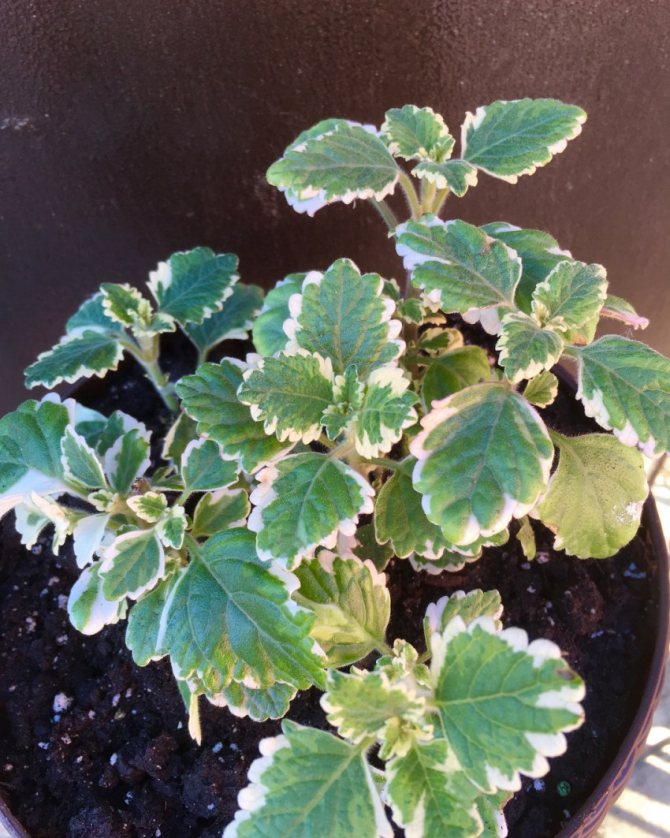

Watch out for the soil - it should not be dry in spring and summer. In winter, on the contrary - give the soil time to dry, because the flower is less active. At the same time, one watering every four days will be enough.
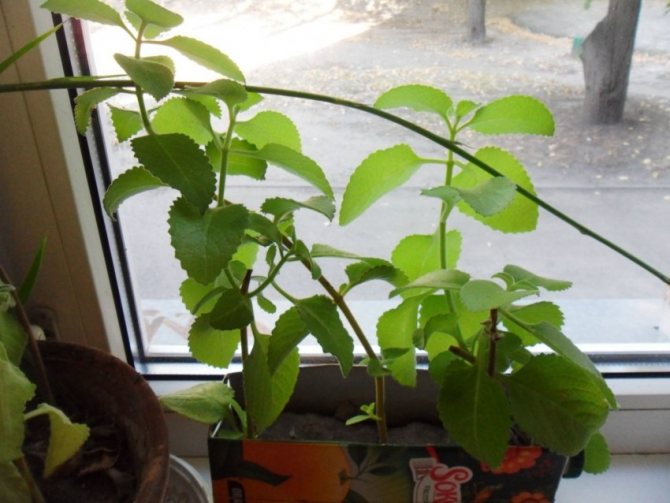

Brief description of cultivation
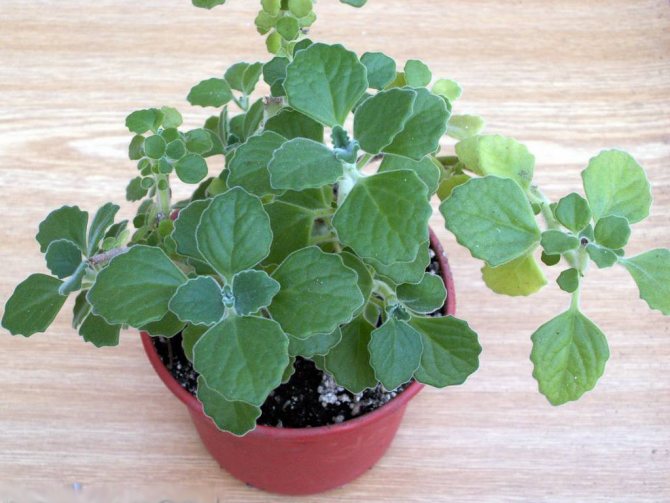

- Bloom... Cultivated as a decorative deciduous plant.
- Illumination... Grows best in partial shade, but can also be placed in a place with diffused and bright light.
- Temperature regime... During active growth - from 18 to 25 degrees, in winter - from 12 to 16 degrees.
- Watering... Moisten the soil mixture in the pot often and abundantly immediately after it dries out about 20 mm deep.
- Air humidity... On hot days, as well as in a room with working heating appliances, it is recommended to moisten the foliage every day with water at room temperature; instead, you can pour wet pebbles into the pallet and put a container with a flower on it.
- Fertilizer... During the growing season, once every 15 days, for this, a complex fertilizer for deciduous plants is used. At other times, it is not necessary to feed the bristle flower.
- Pinching and trimming... In spring, the stems are shortened by ½ part. And during active growth, the upper parts of the shoots are systematically pinched.
- Transfer... Until the plant turns 4 years old, it is transplanted regularly once a year, and older bushes are subjected to such a procedure only if necessary. The transplant is carried out at the beginning of the growing season.
- Reproduction... Dividing the bush and grafting.
- Harmful insects... Mealybugs, aphids and spider mites.
- Diseases... Downy mildew (downy mildew).
- Properties... In some species, foliage has a diaphoretic, analgesic, choleretic and laxative effect.
Soil and fertilizers
When choosing a soil mixture, make sure that it does not turn out to be very dense. The best option when the soil consists of humus and sod land, leaf or garden soil, as well as river sand and peat.
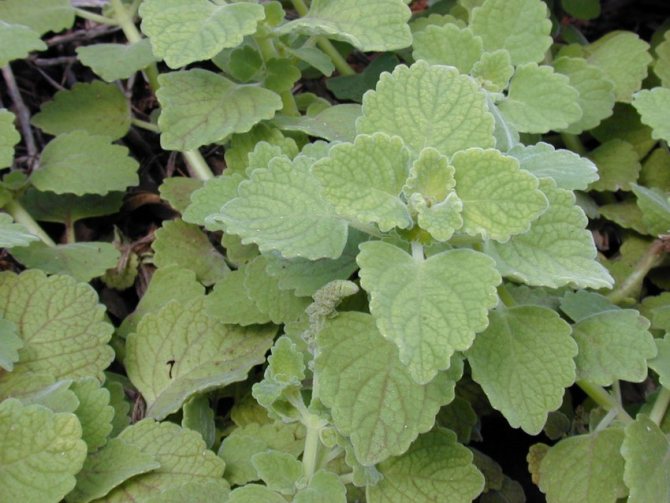

For the introduction of fertilizers, one day is enough in each spring-summer month. Their composition should be versatile, suitable for indoor plants.
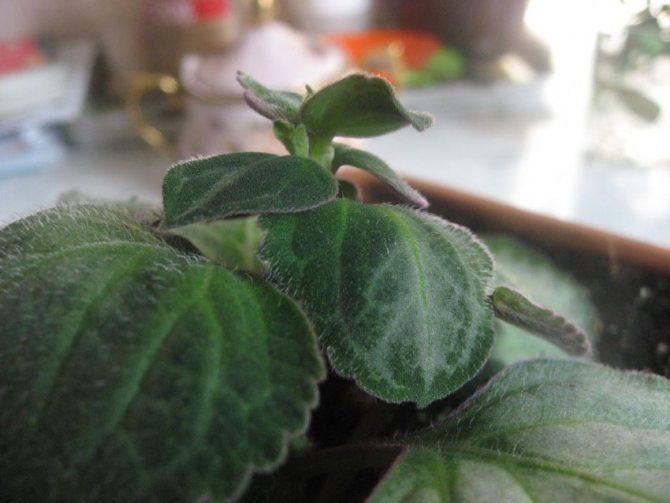

Propagation of plectrantus by cuttings
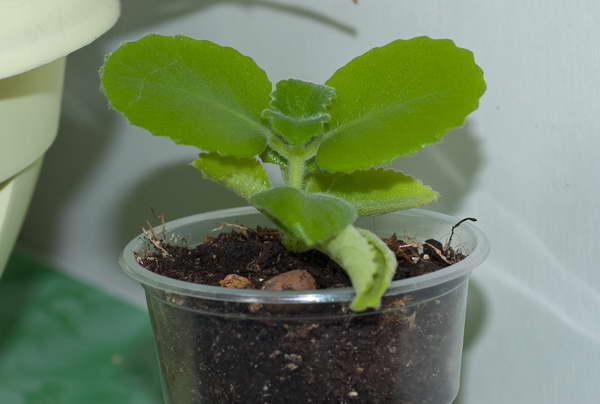

Cutting plectrantus photo
The flower reproduces as easy as shelling pears even in inexperienced hands, and even more so among experienced florists.
- Stem cuttings root easily in water, soil or wet sand.
- In 1-2 weeks, new plants with developed roots are ready.
- To get a more lush bush, you can plant several pieces at once in one pot.
Diseases
It is extremely rare that this or that problem may appear during the growth of a flower. The most important thing is to deal with it in time so that the plant continues to develop at the right pace.
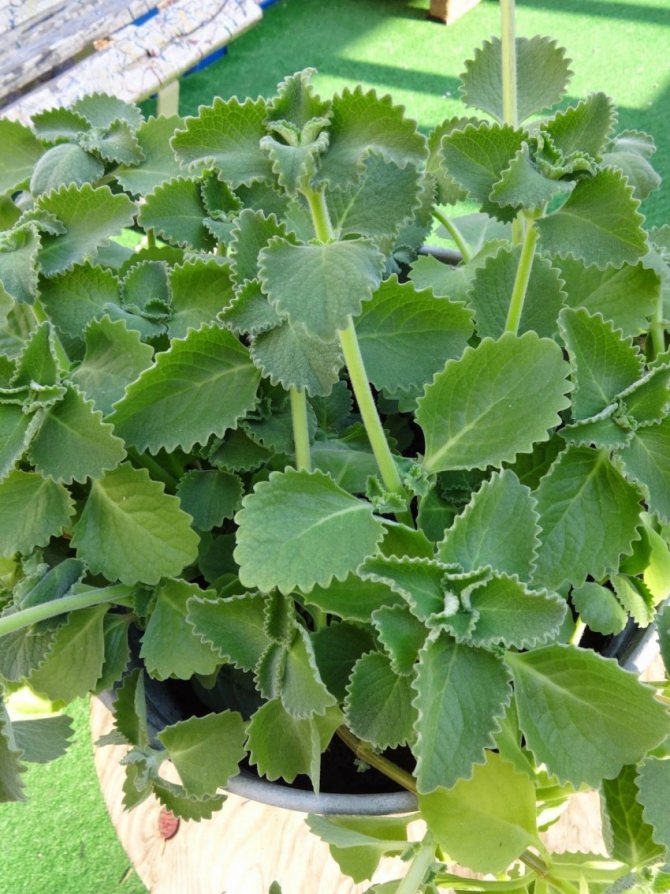

For example, with insufficient heat, the plectrantus will shed foliage, rot will appear on the root parts. The appearance of drooping stems or wilting leaves indicates insufficient watering. Direct sunlight can cause fading and discoloration of the leaves.
Procurement of raw materials from plectrantus
The raw material for harvesting is called the tops of the aromatic plectranthus covered with leaves. The medicinal raw materials of plectrantus are harvested before and during the active phase of flowering, it is then that the saturation of the plant with useful substances is highest.
It is necessary to harvest on fine, dry days, when the leaves are protected from moisture.The tops are cut off with scissors and dried in the shade, as exposure to the sun is detrimental to the substances in the leaves and promotes the release of essential oils.
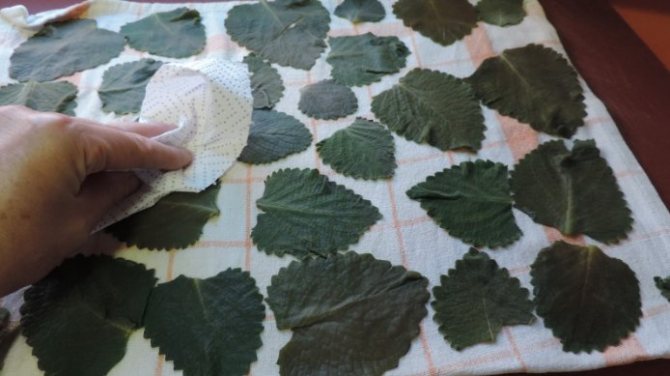

However, you cannot dry the plectrantus in dryers, ovens, stoves - the plectrantus will lose all vitamins and minerals.
If the plant is properly dried, it retains a very noticeable aroma.
Varieties
- ‘Marginatus’ or ‘Variegata’ - with a white border on the leaves, long hanging shoots, 100 cm long. The variety is often grown on balconies;
- ‘Green on Green’ - characterized by a light green, lemon border of the leaves;
- 'Blue Spire' - blue inflorescences, brightly bordered leaves.
There are more varieties, the varieties described above are the most popular. Although plectrantus is grown mainly for the color of its leaves, there are several species with multi-colored inflorescences:
- ‘Emerald Lace’ - a variety of the Plectranthus oertendahlii species;
- 'Mona Lavender' - Plektranthus hybrid;
- Plectranthus ciliatus (Plectranthus ciliatus);
- Plectranthus hilli is a species bred in South Africa. There is a whole series of varieties called 'Cape angels': Blue Symphony (blue flowers), Pink Symphony (pink) and White Symphony (white).
Mint plectrantus - description
The indoor flower plectrantus, or indoor mint, is a herbaceous perennial plant or evergreen shrub 60-80 cm high with a fibrous root system and branched shoots that creep or grow vertically. The stem of the domestic plectrantus is ribbed, slightly pubescent, covered with red-brown or bright green skin. Oppositely located fragrant leaves of an oval or ovoid shape with small teeth along the edge can be bare or densely pubescent, and the leaf plate is covered with a vein relief or a variegated pattern. Indoor mint plectrantus blooms in summer with short, dense apical panicles of bisexual white, lilac, purple or blue flowers. Ripe fruits containing four nuts open on their own.
Plectrantus appearance
This evergreen plant is herbaceous, shrub and subshrub. Its stem most often has 4 faces, it is smooth or covered with a light down.
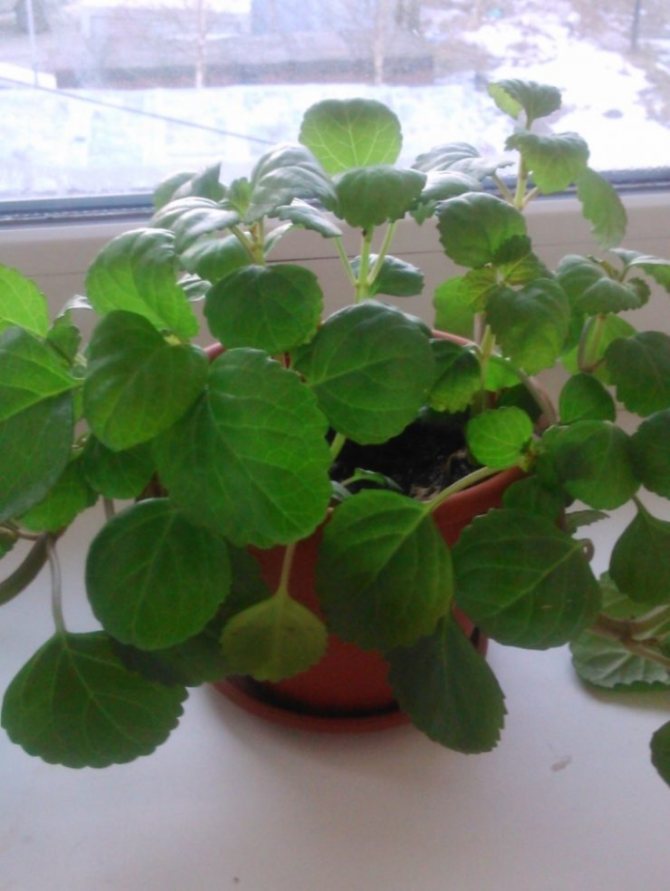

Beautiful, originally painted leaves are attached to the branches in a cruciform manner. They also look different.
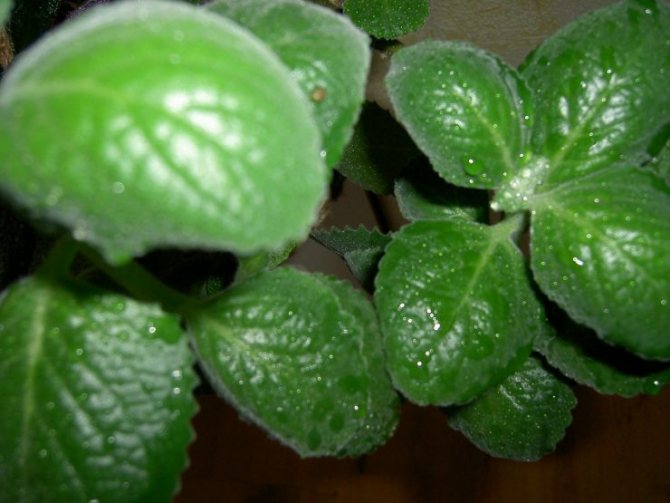

Their shape is usually round or oval, the edges are all with denticles. It can be smooth or fluffy to the touch.
The photo of the plectrantus shows that the flowers are small, usually light - white, lilac or purple. The cups are like bells. They are united in inflorescences in the form of brushes or umbrellas.
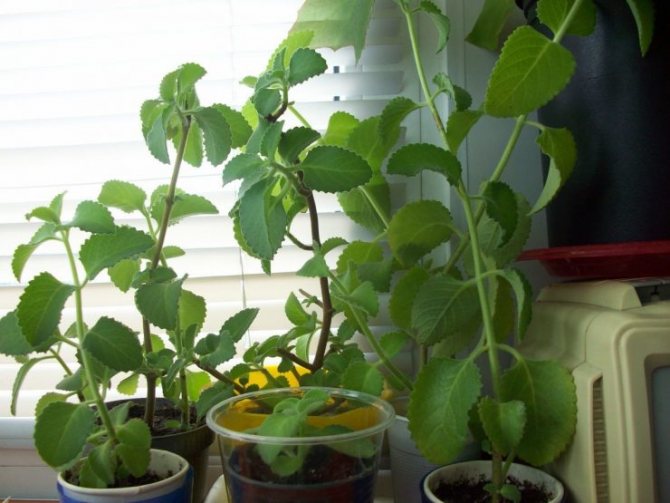

The branches of room mint, densely covered with dark green or exquisitely painted, dull or glossy leaves, look spectacular when they fall from flowerpots, pots or baskets. They decorate any interior.
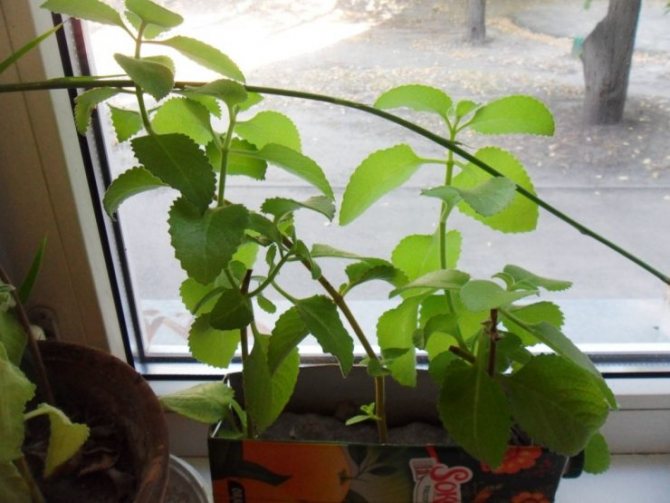

Also, all of its types contain essential oils. Rubbing a leaf with your fingers, it is easy to smell a slight smell of mint or fresh grass.
Useful features of plectrantus
The properties of plectrantus are of great benefit to the owners of products made from natural fur and wool, spreading a mint aroma around them and thereby driving away the moth.
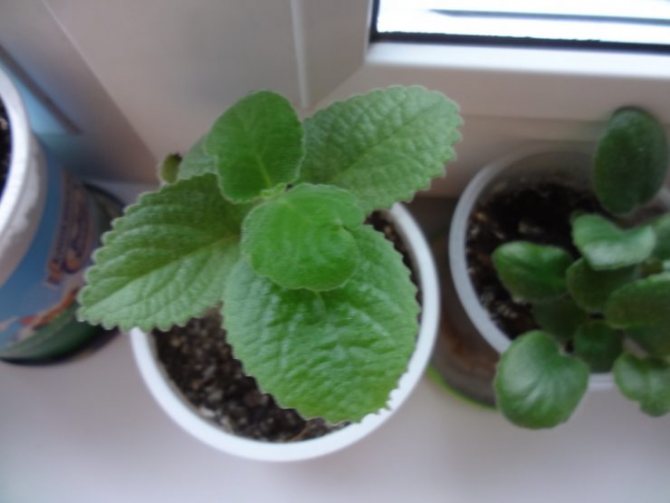

It is widely used in folk medicine as well. The scent of the plant contains phytoncides, which not only kill germs, but also soothe nerves, headaches and help improve sleep.
Washed and rubbed sheets of plectrantus, if applied to the site of an insect bite, reduce irritation. In the east, it is infused and used for gargling and as an addition to various drinks. In Indonesia, it is used as a spice for drinks, soups, meat and fish.
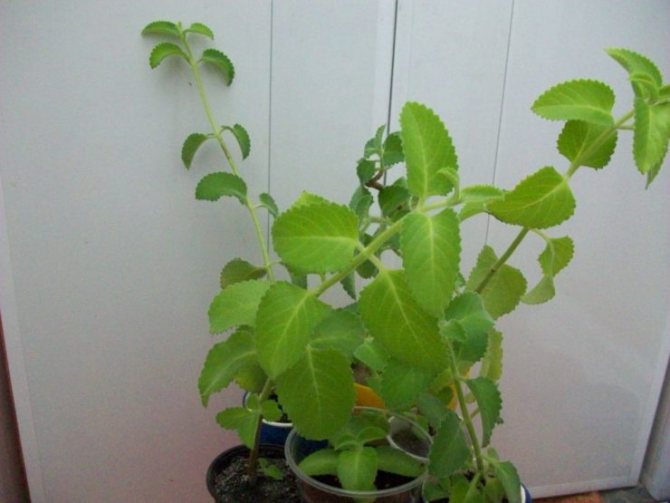

Our traditional medicine recommends the use of plectrantus with its wonderful essential oils in combination for the treatment of weeping diathesis in children, diaper rash in bedridden patients.
Baths with a decoction of the plant help to treat infantile enuresis. Using the leaves as chewing gum, as an adjunct to basic medicines, helps to cope with coughing attacks, asthma, and nasal congestion.
Many growers are convinced that this flower attracts well-being to the house. Plectrantus works as an effective and free home psychologist, relieving insomnia and bad thoughts.
